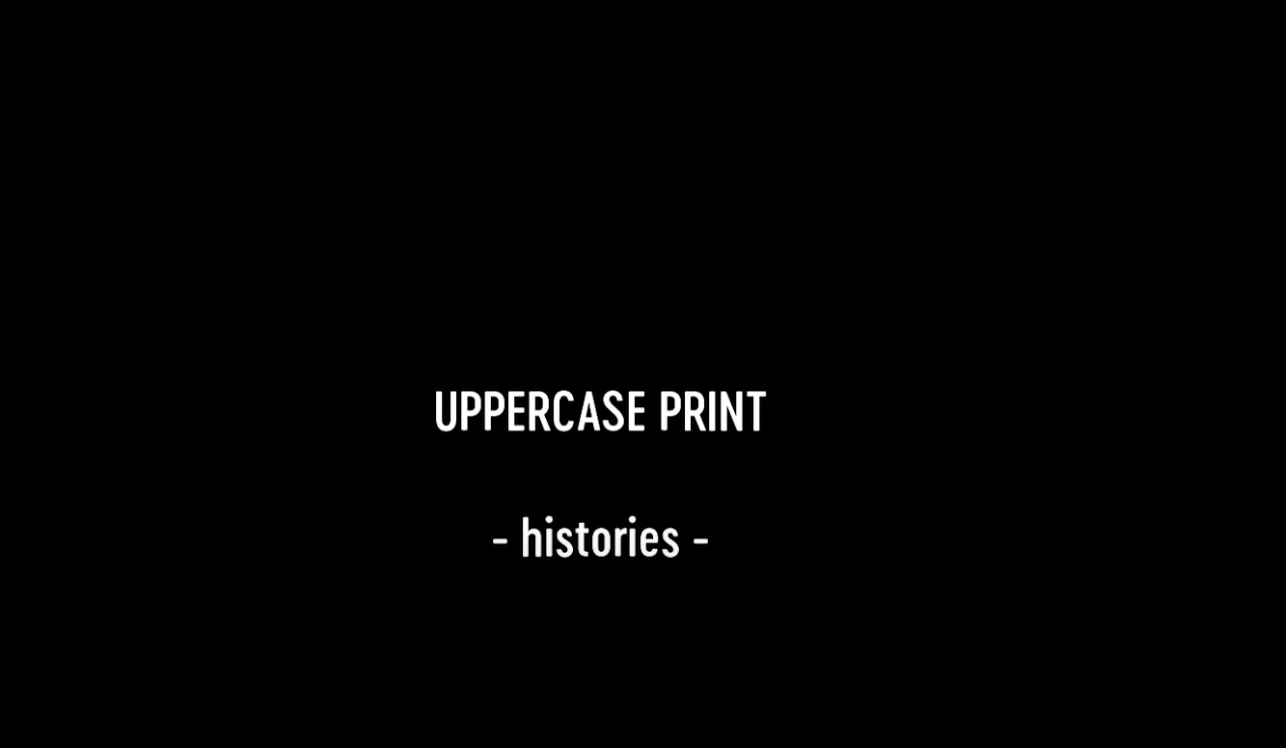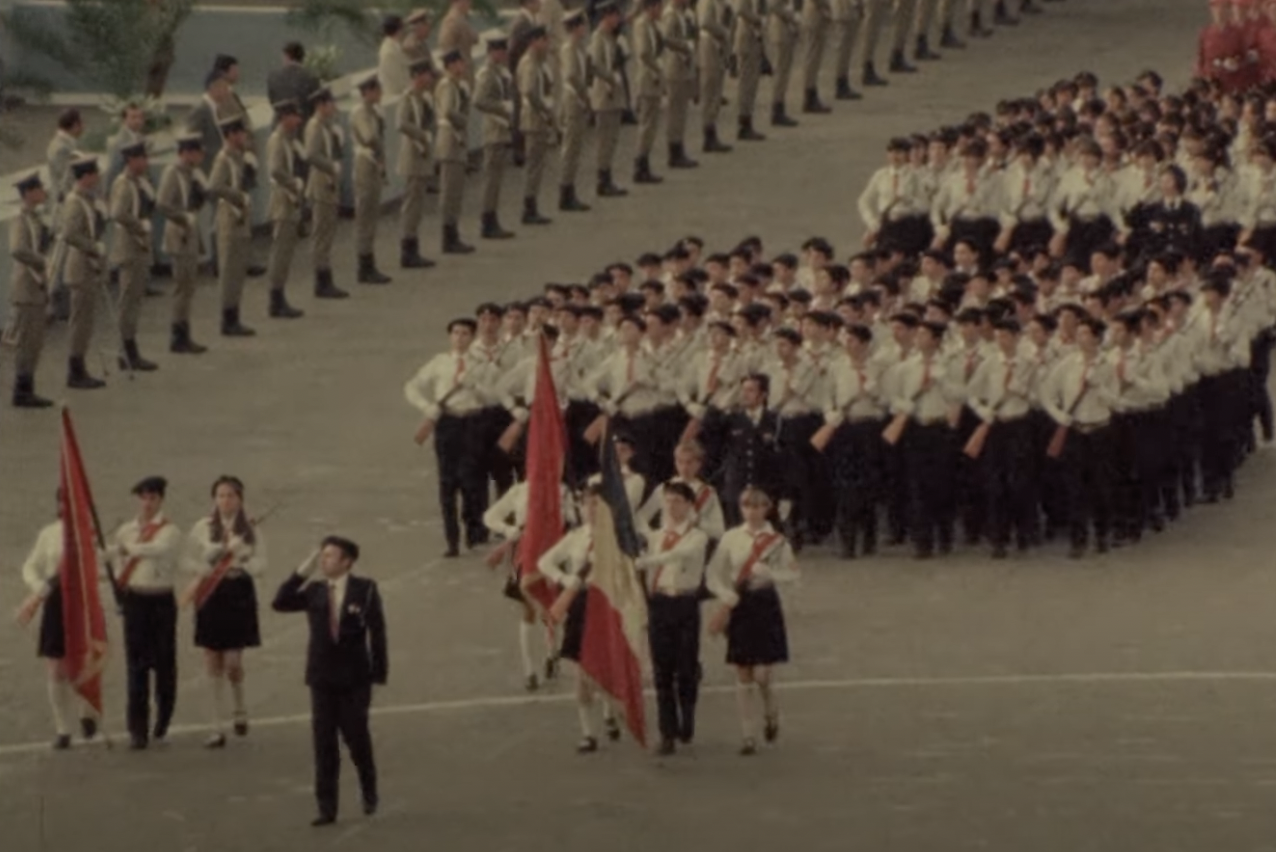34 No more questions. Captions. “All caps.”
In 1981, a Romanian high school student named Mugur Călinescu was found chalking protest slogans on the walls of the local Communist Party office in a town named Botoșani.
Mugur’s slogans called for an end to poverty, scarcity, and bread lines. He also demanded the sort of worker-run trade unions recently permitted in Poland.
Mugur continued his stealth, night-strolling graffiti protests for four weeks before getting caught.
“We want justice and freedom!” Mugur wrote in blue chalk. In capital letters. In ALL CAPS, as we say.
Other texts written on walls by Mugur include:
“In our comrade country, Poland, the workers have gained freedom with free unions, Solidarity and Rural Solidarity, which represent their rights even though they suffer from food shortages as well.”
“We are sick of waiting in immense queues. We cannot accept the filth and injustices in this country!”
“We can’t take the injustice any longer.”
[Already, I am disgusted by the banality of what is to come—by the cliched words in which this scene will be expressed, by the fog glazing over the eyes as one tries to decide which part of this is believable and which part is just a movie. Disgust, here, is imbricated in my mediated socialization and the images of American life, the socialization by sitcom.]
By the 1980’s, no ordinary Romanian dared protest against Ceaușescu’s regime. Most had enough trouble finding a way to procure clean water, shoes, coats, and bread after work. None had chalk—or chalk to spare for graffiti. Graffiti did not exist.
Graffiti was a problem limited to capitalist countries; graffiti was an indictment of capitalist notions of freedom, which allowed citizens to openly disrespect their leaders. Using the wall as an epistolary medium of communication with one’s government was unthinkable. The sheer unthinkability led Securitate and Party officials to believe that foreign spies or powerful dissidents “with foreign contacts” were involved.
The dictator’s censorship sustained his fiction; optimism and faith in the system was required.
The crime of listening to Radio Free Europe was associated with “hooliganism,” which Romanian-Jewish writer Norman Manea defined as the ability “to disrespect everything, to believe only in yourself […] to have so much life in yourself that there is no more room for truths and their intimidations.” This relationship between respect and disbelief hinges on disappearance, or on the dictator’s ability to make both the hooligan and counter-narrative vanish.
“Every photograph of others bears the traces of the meeting between the photographed persons and the photographer, neither of whom can, on their own, determine how this meeting will be inscribed in the resulting image. The photograph exceeds any presumption of ownership or monopoly, and any attempt at being exhaustive.”
-Ariella Azoulay, The Civil Contract of Photography

Mugur Călinescu died in 1985 at the age of 19.
Diagnosed with a particularly rapid form of leukemia, his life was erased from official records and Romanian media. Family members and friends believed Ceaușescu’s regime murdered Mugur by slipping radioactive poison into his coffee during the constant interrogations to which he was subjected.
This tiny (and deadly) protest was forgotten until 2013, when Gianina Cărbunariu wrote a play, Uppercase Print, inspired by the teen’s secret police files.
Seven years later, Radu Jude released Uppercase Print (2020), a film based on the surveillance and interrogation files against Mugur. Leaning on Cărbunariu’s play, Jude’s film reuses Securitate transcripts and alternates them with state-approved television newsreels and cultural programming from the same time period.
The film opens with an architectural view of a Romanian news studio.

Shadows attest to the artifice of the stage set. Rectangular patches of light are bisected by cardboard bars. The fake television and the film reel are surrounded by halos of light—as is the state’s insignia in the center. A holy trinity for the new iconography.
In the margins between sets, a man sweeps the studio floor, the woosh-woosh-woosh of his broom moving in monotone. It is so banal that one begins to wonder if this is a mistake or an outtake.
Finally, upbeat parade music cuts in as images of the dictator and his wife cover the screen. Archival footage of airplanes, parades, and festivities is accompanied by frantically joyful music.

Watching the film, I am torn between tenderness and confusion. The continuous flow of Romanian words is comforting—the intonations sound like home—and the visual propaganda evokes a strange nostalgia. There are portions of television shows speaking about national unity, delineating the “we” of good citizenship and emphasizing the importance of ideological hygiene.
On screen, everyone is united. Schoolchildren, adults, laborers—all are scripted and dressed and groomed to emphasize how hygiene is both emotional, intellectual, linguistic, and aesthetic. Smiles are required. Frowns are offenses against national security.
The film reveals how much time and labor was devoted to Mugur’s surveillance. Hundreds of informants were involved, countless phones were bugged, peers at school were required to turn on him. Agents with tracking dogs patrolled the streets of Botoșani in shifts. Securitate officers analyzed over 30,000 tenant association expense sheets and various documents.
Unlike the excerpted propaganda videos from state television, the actors speak without intonation—the language is desiccated, official, and coded.

